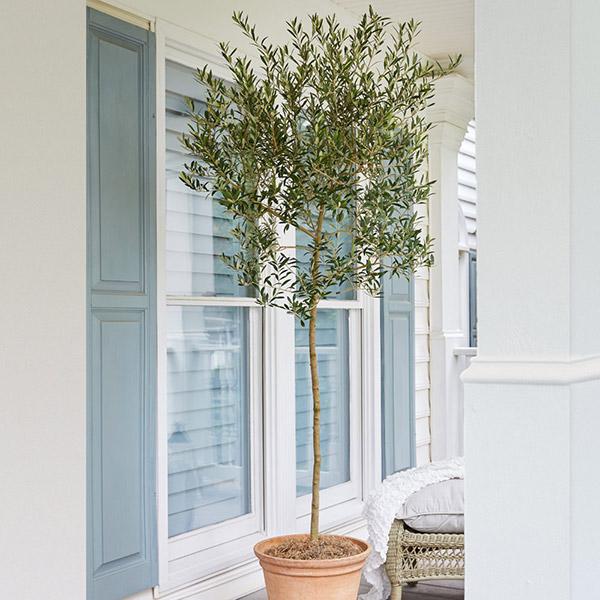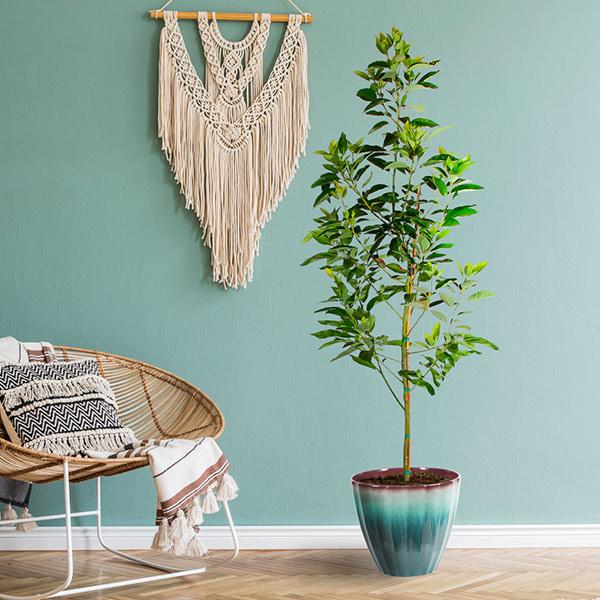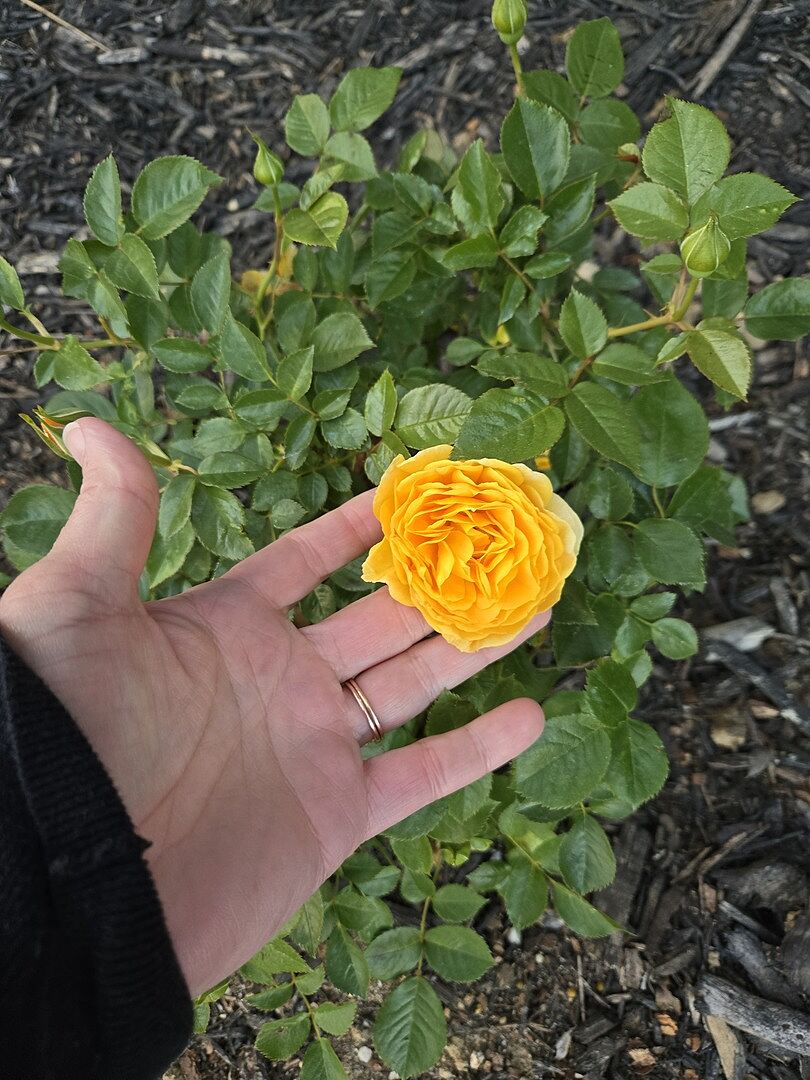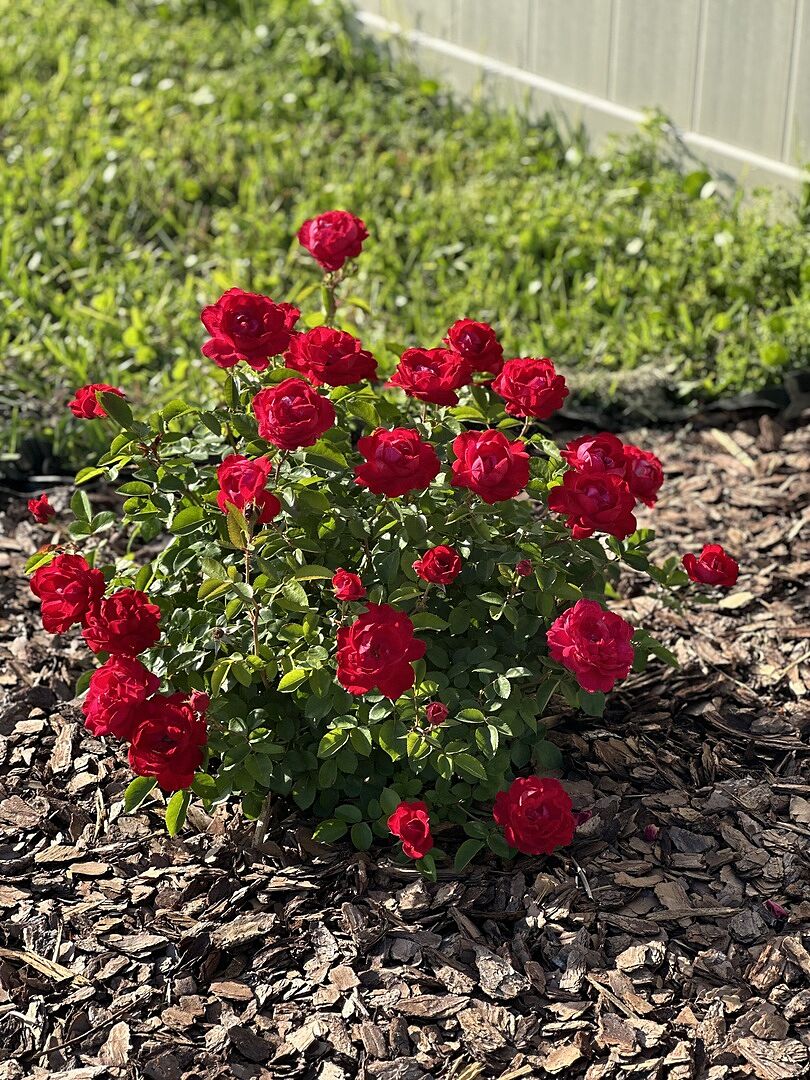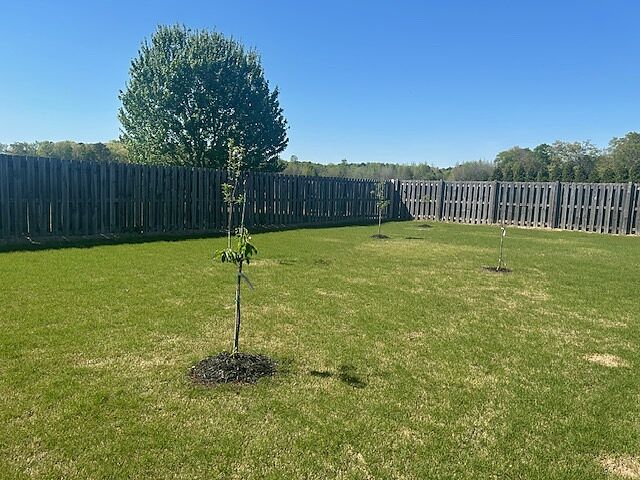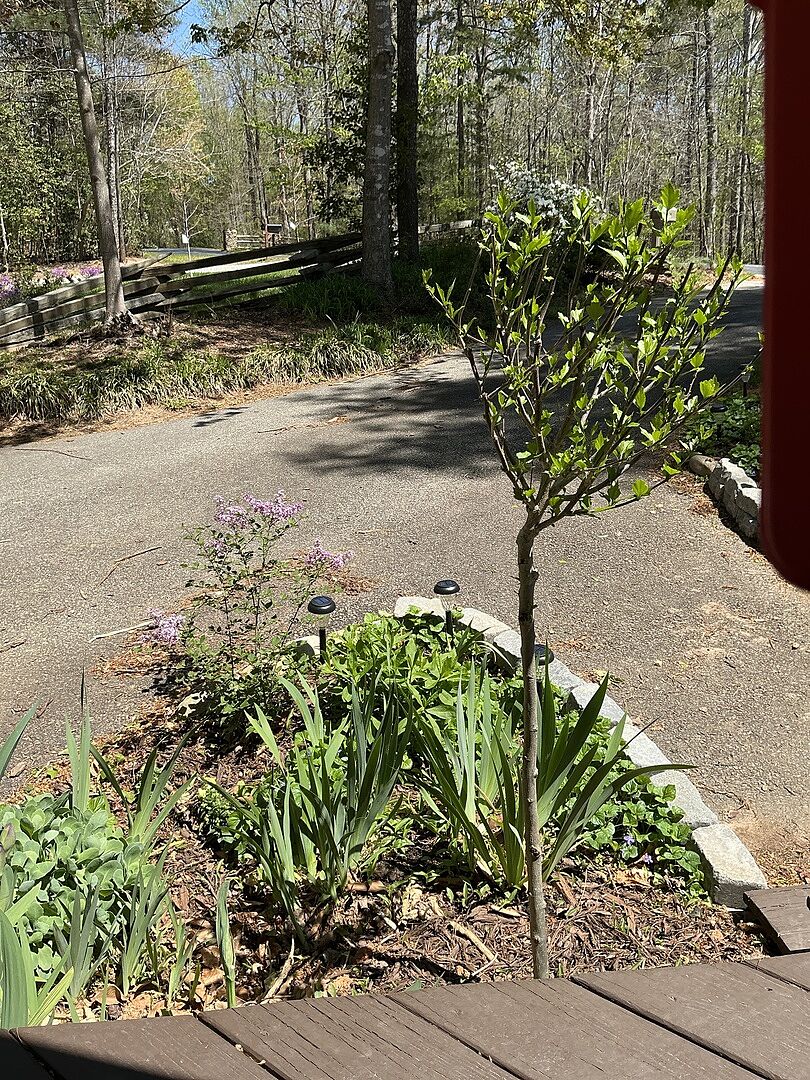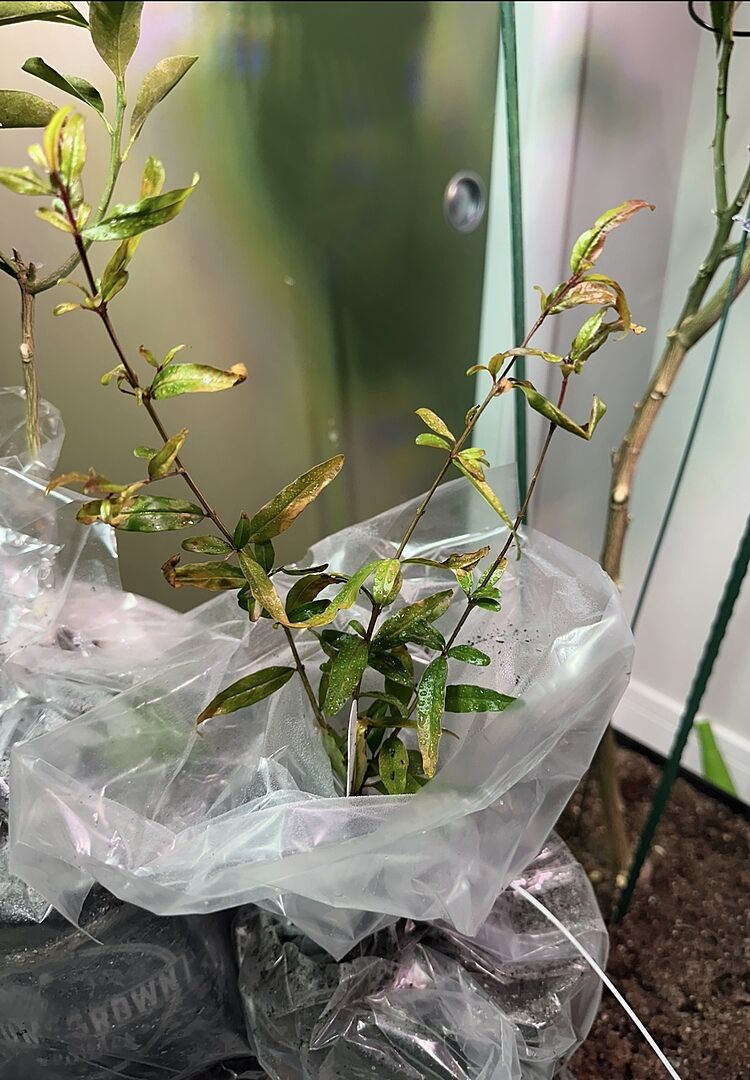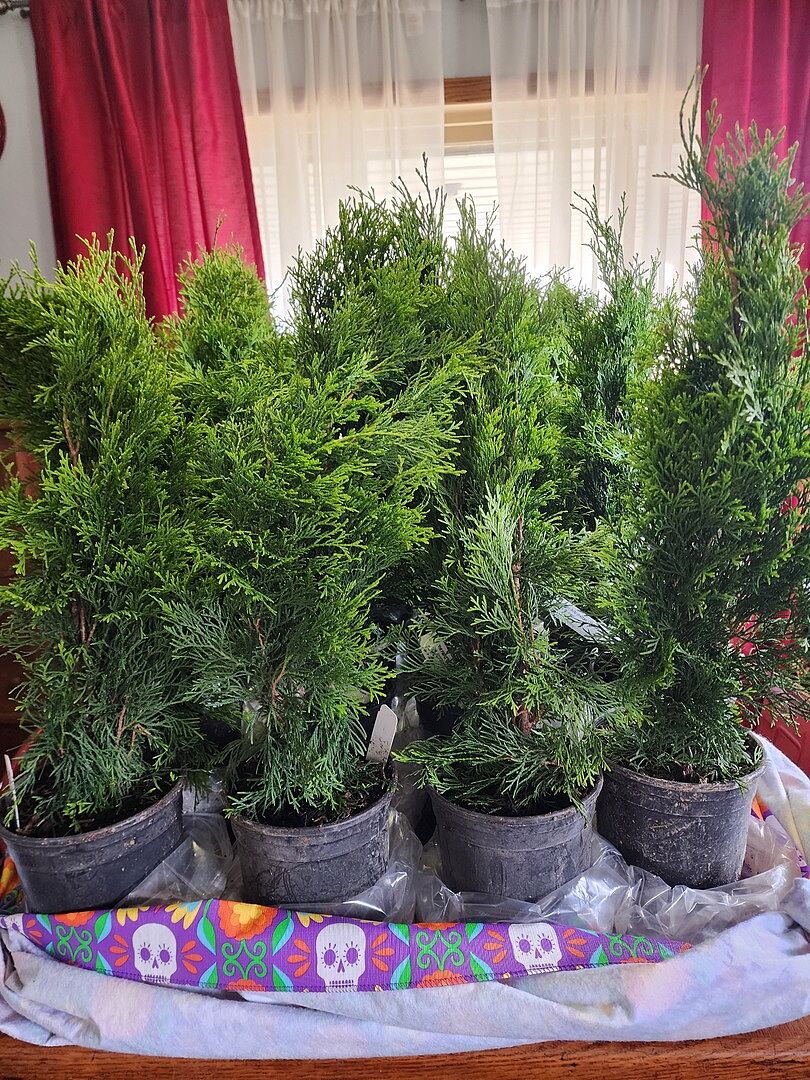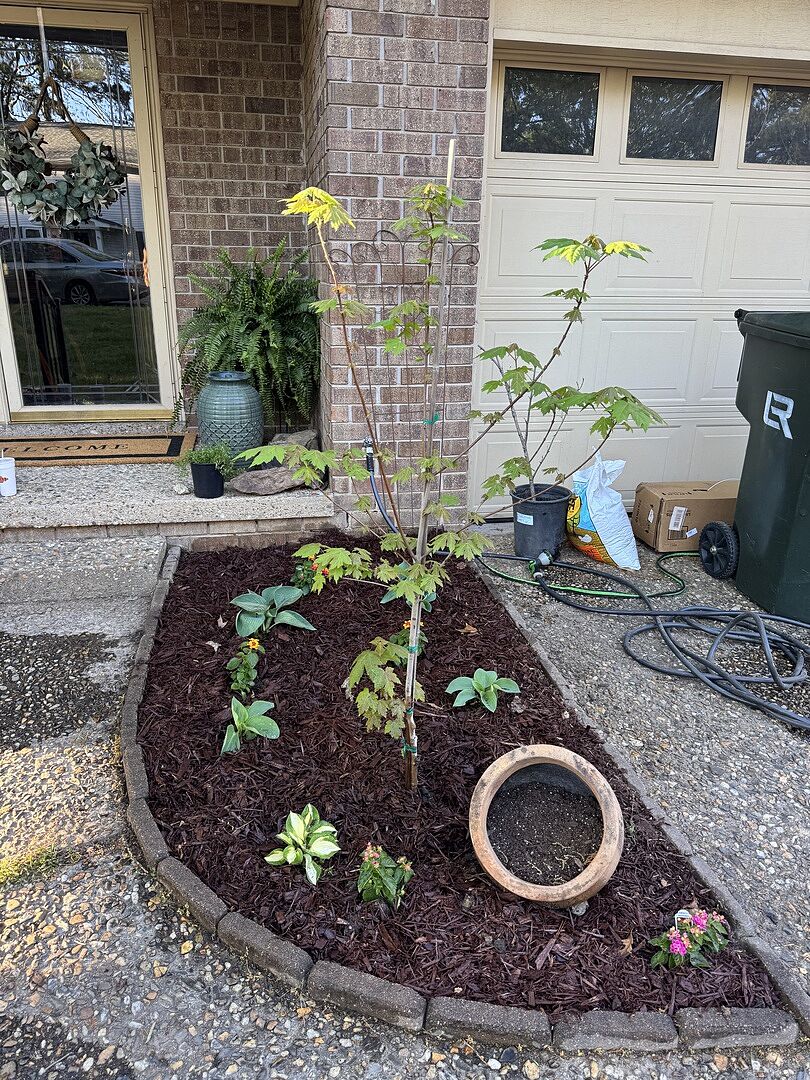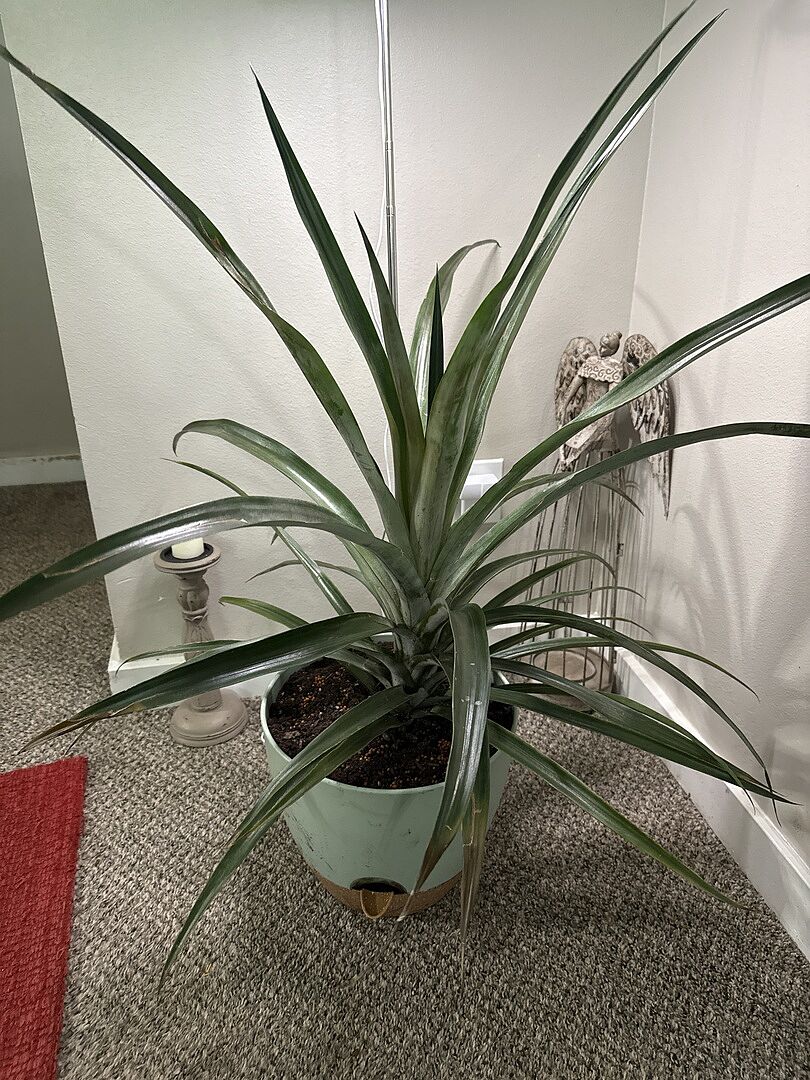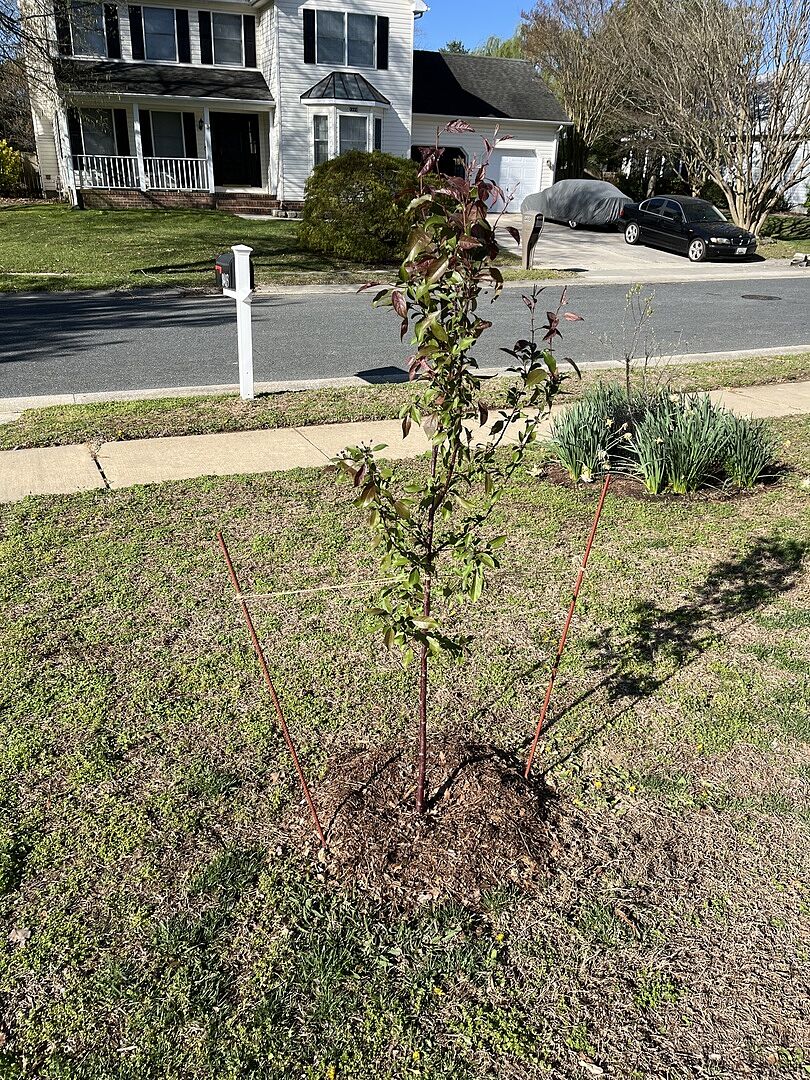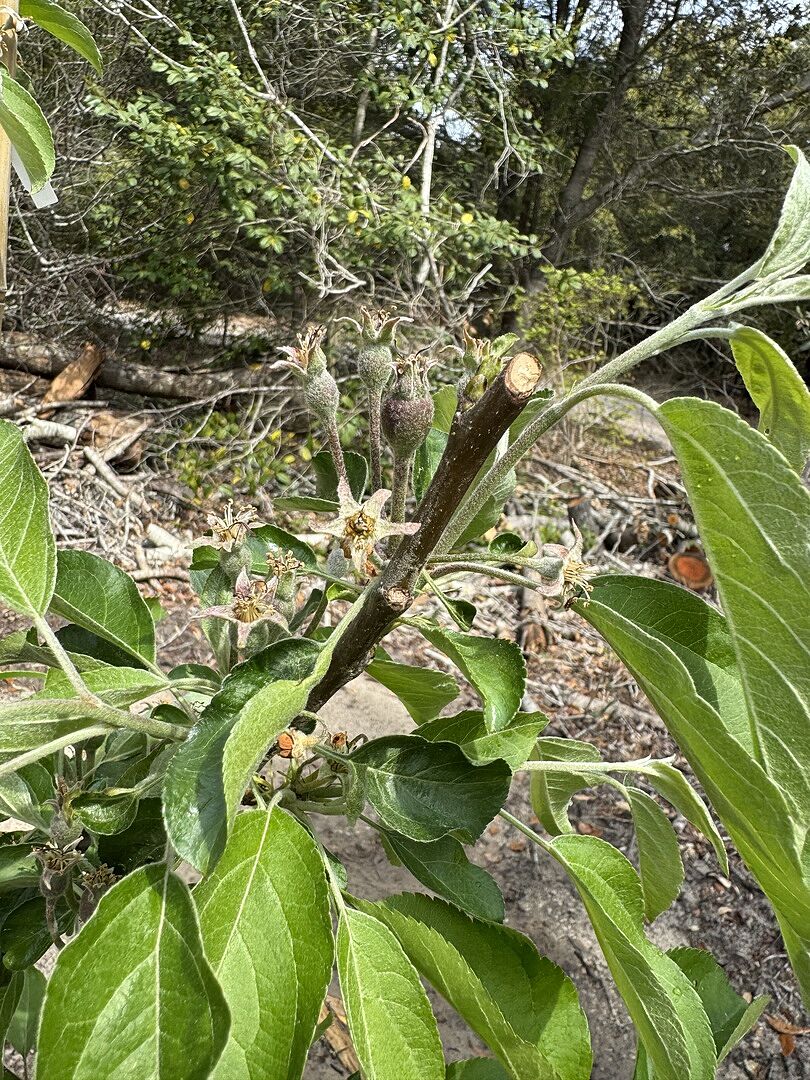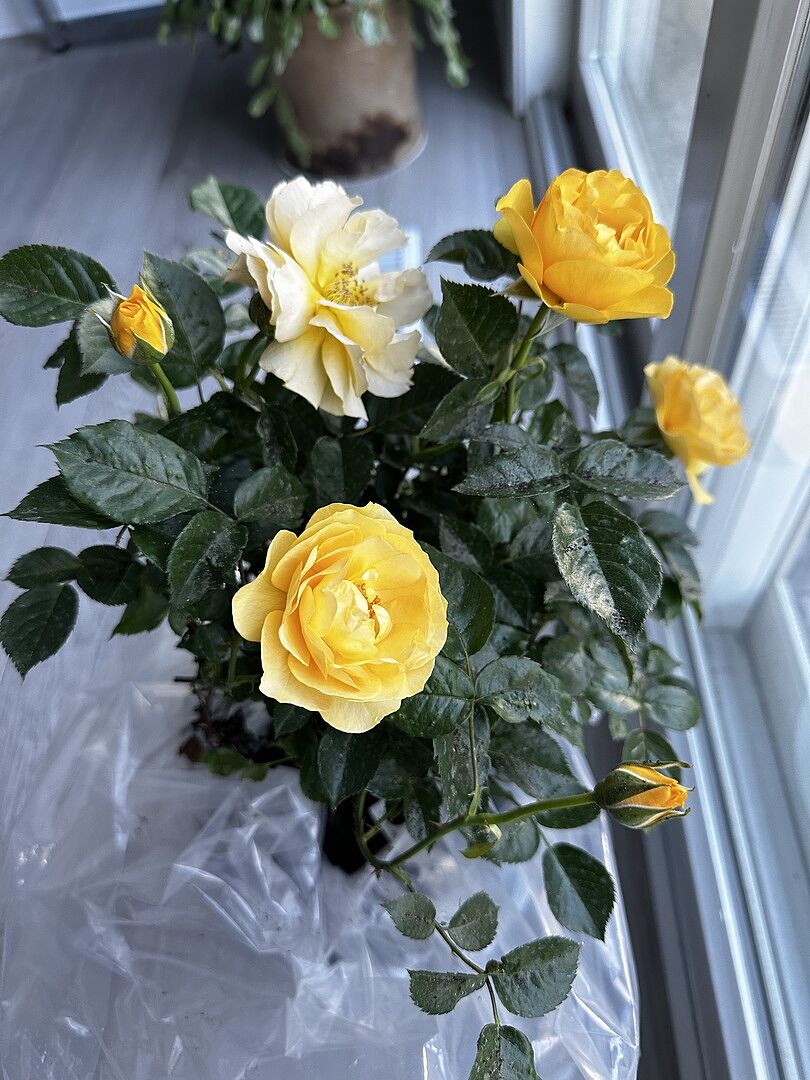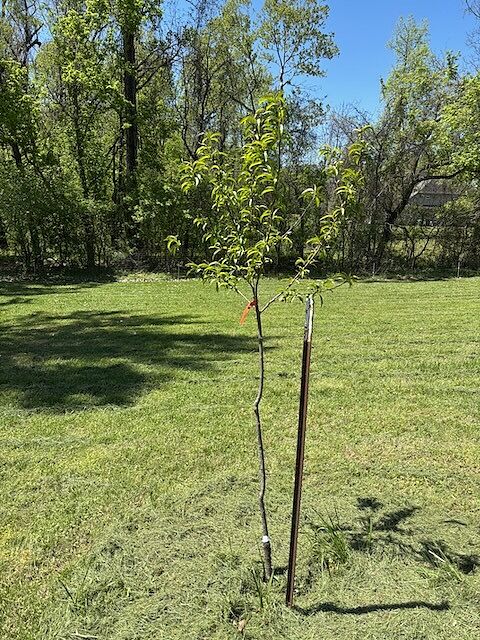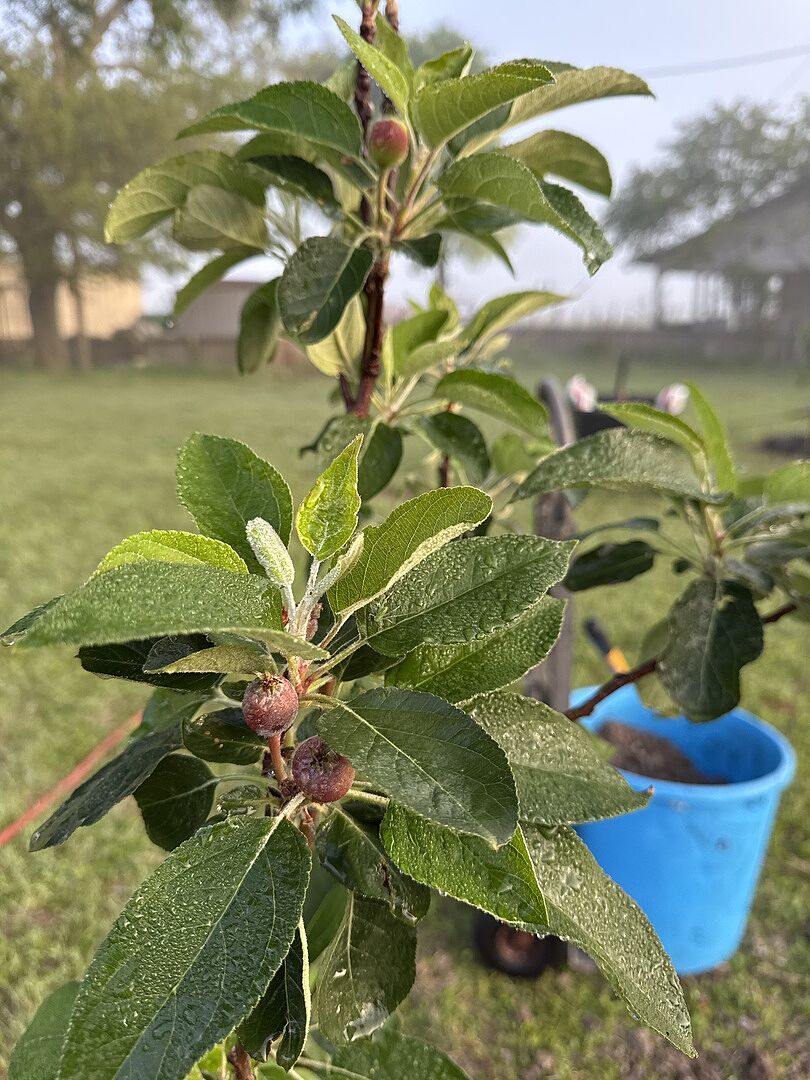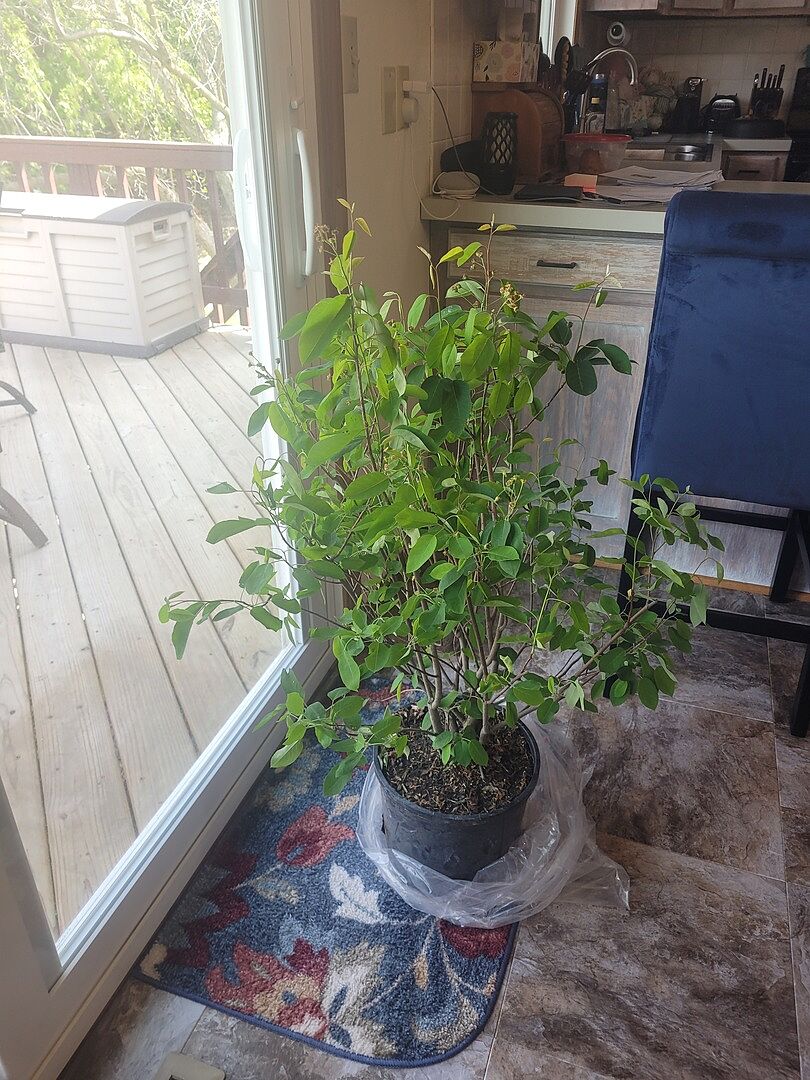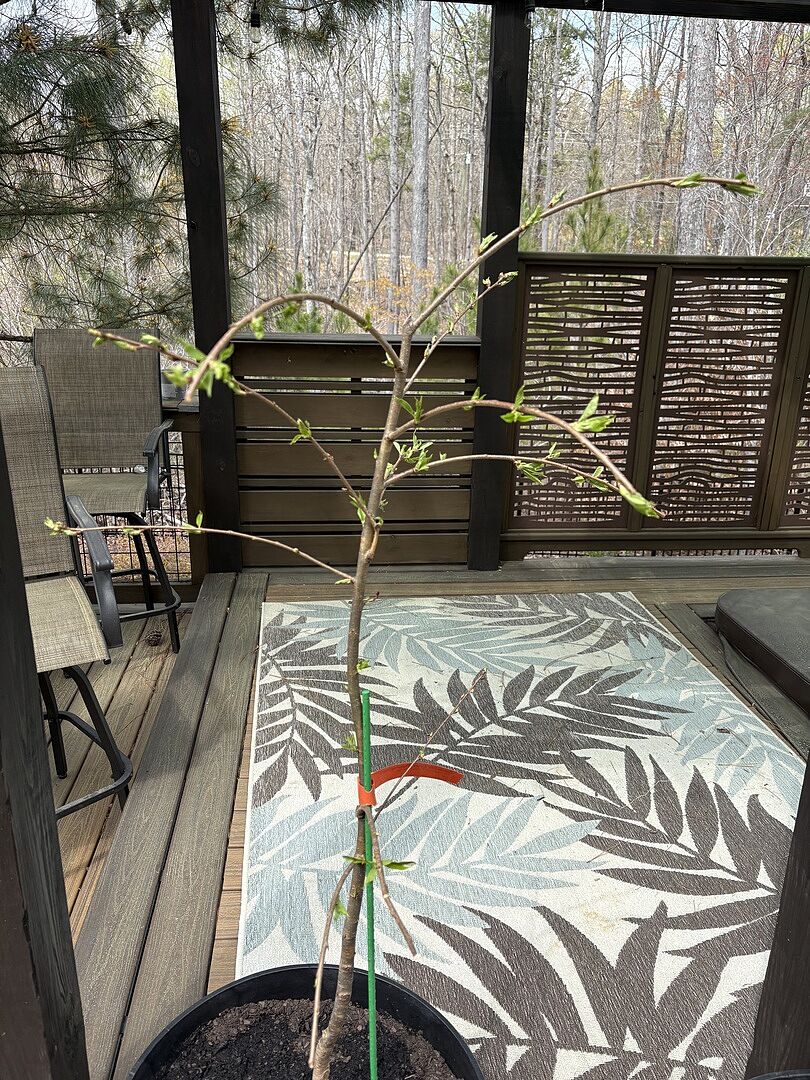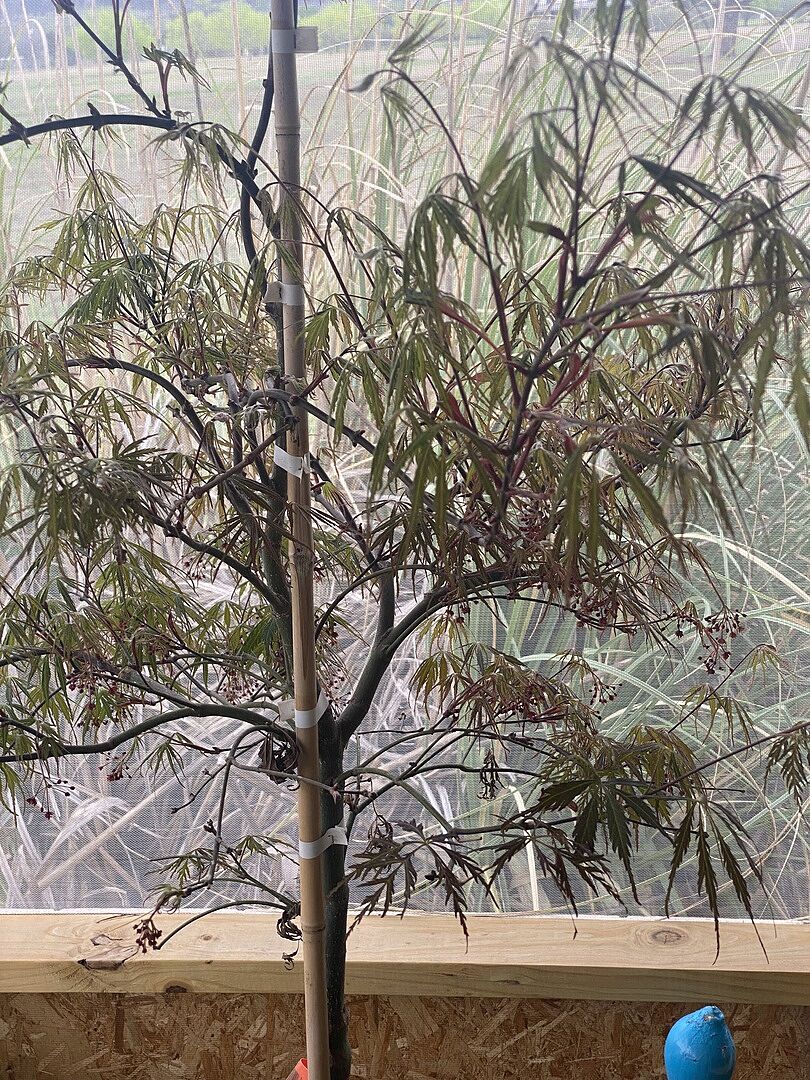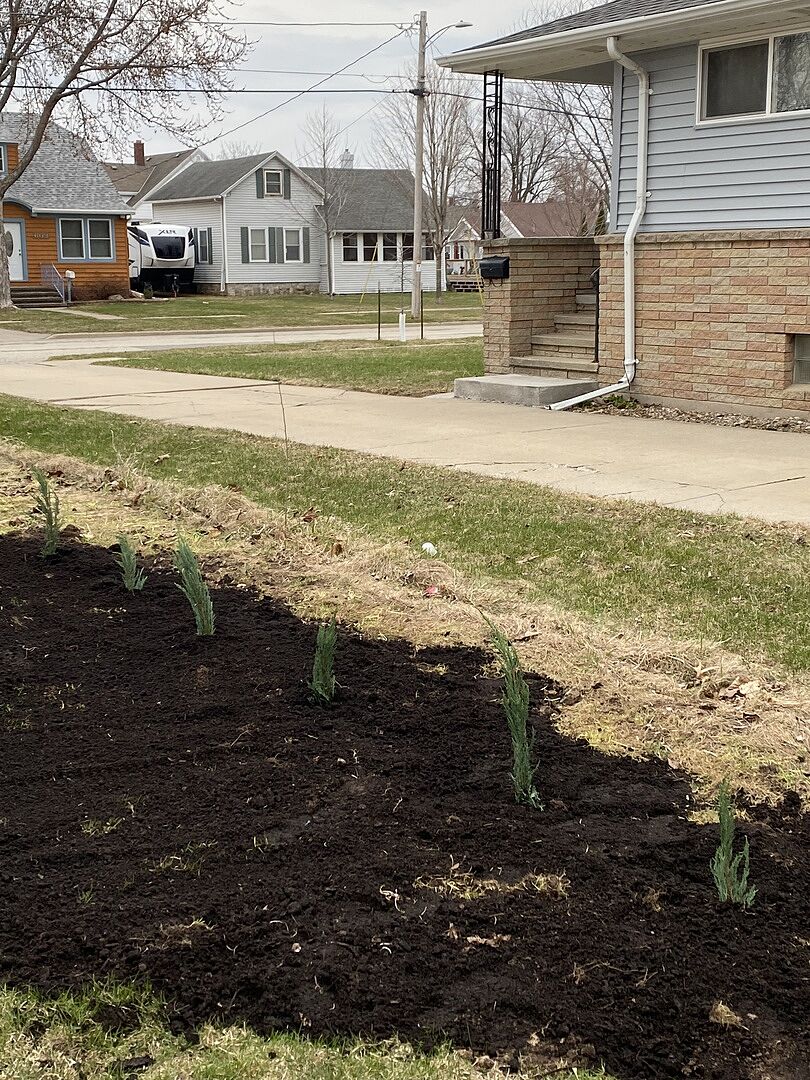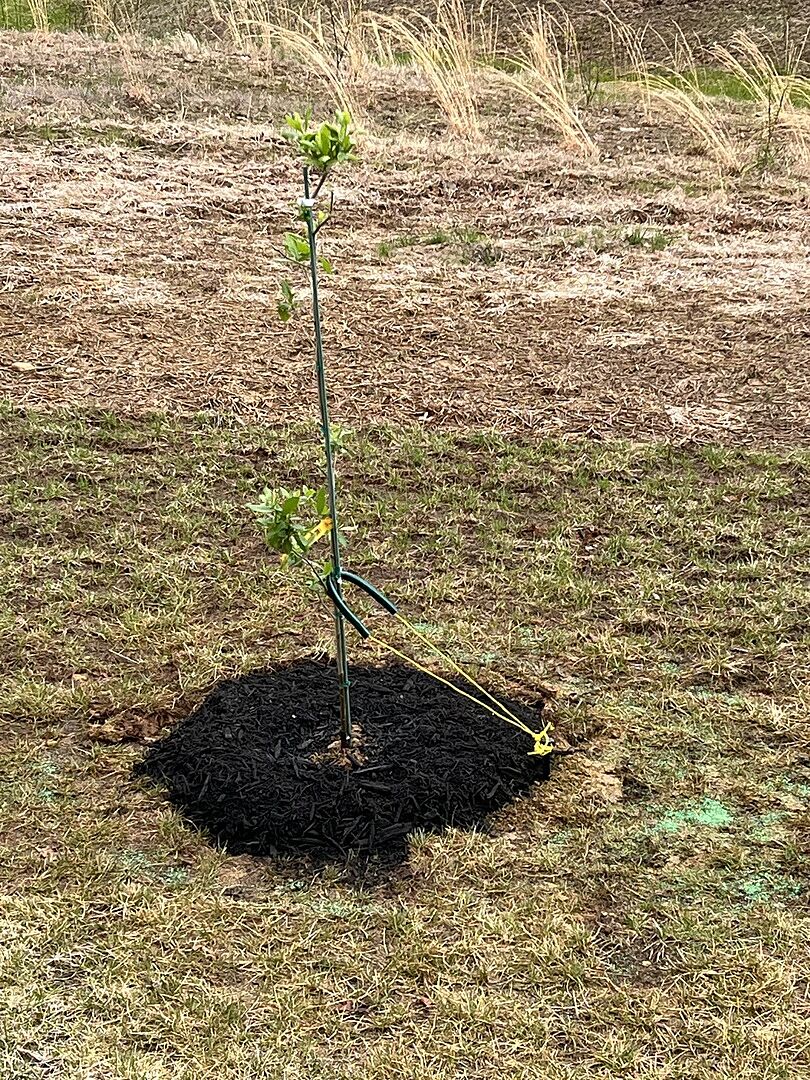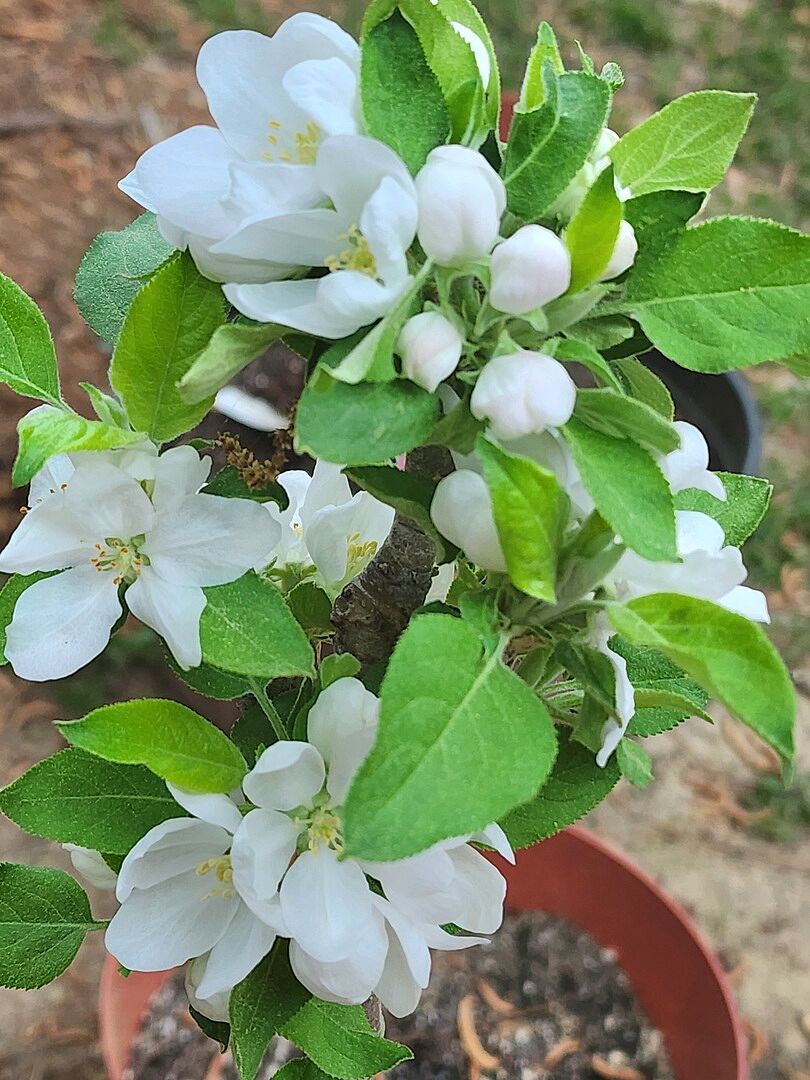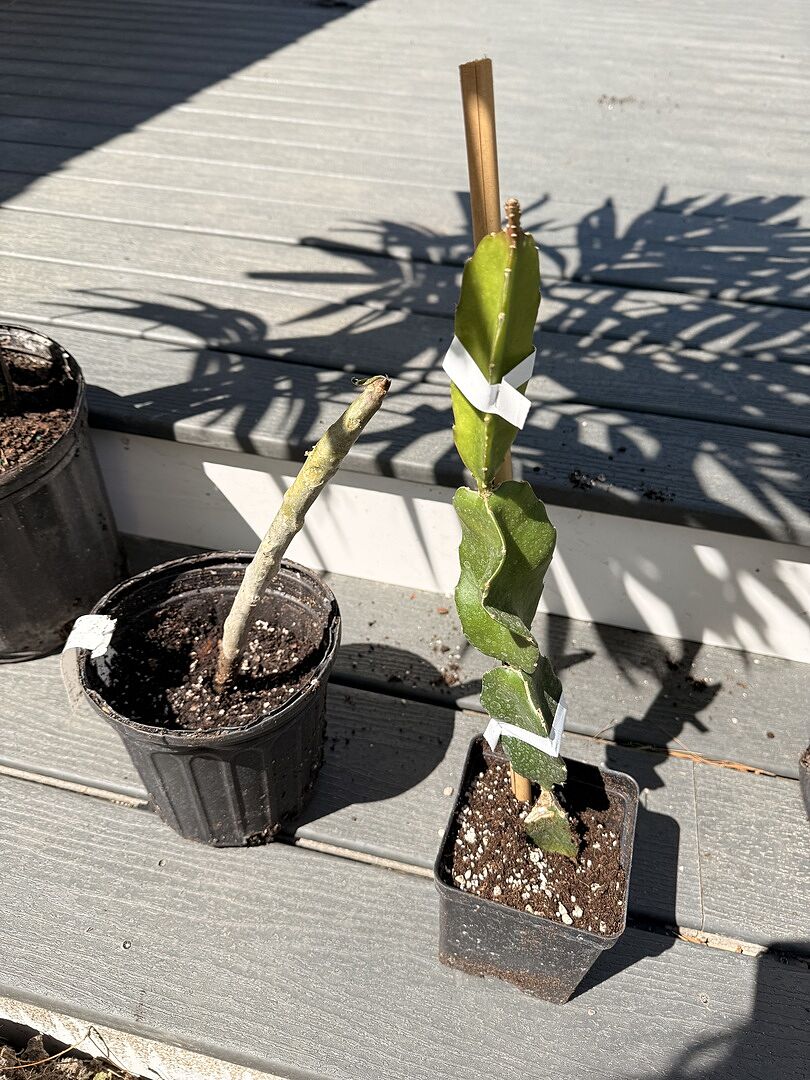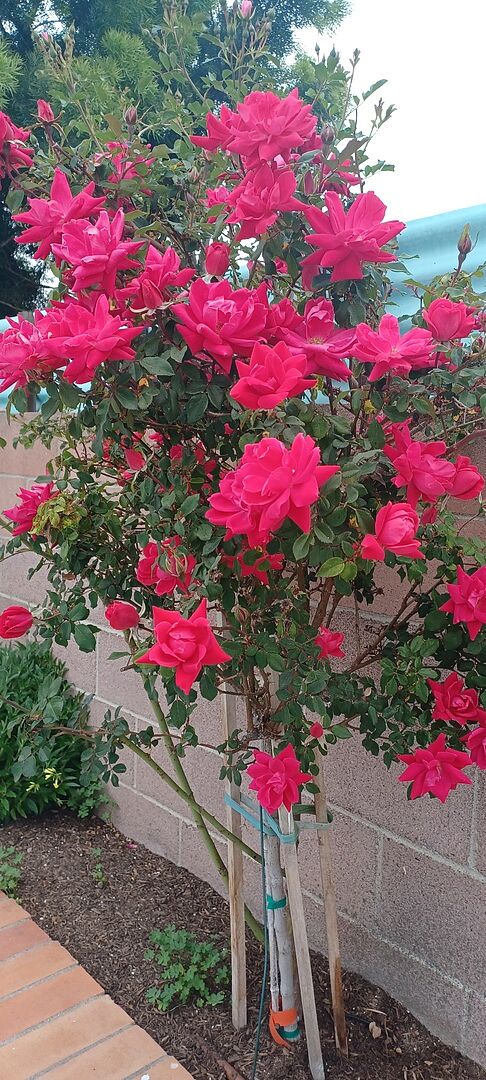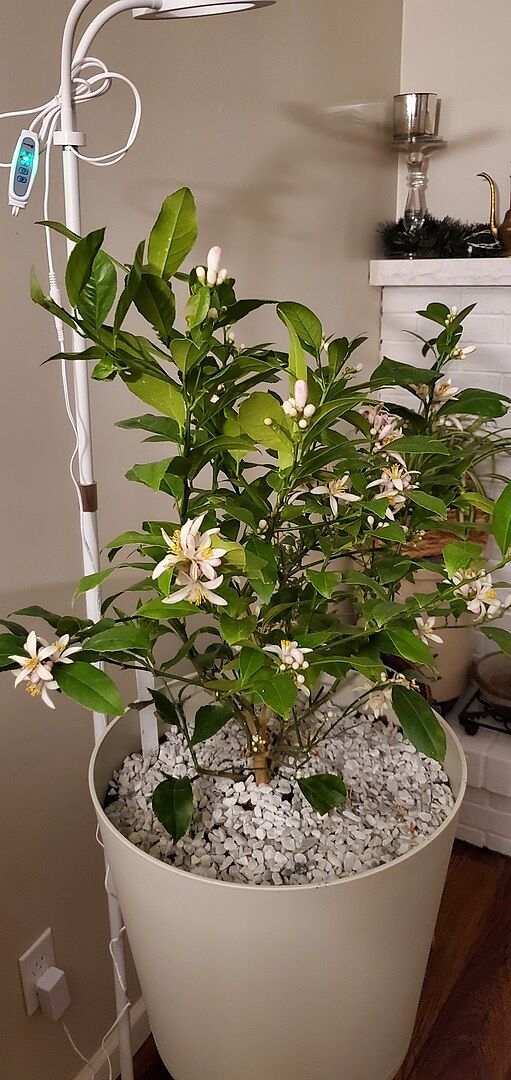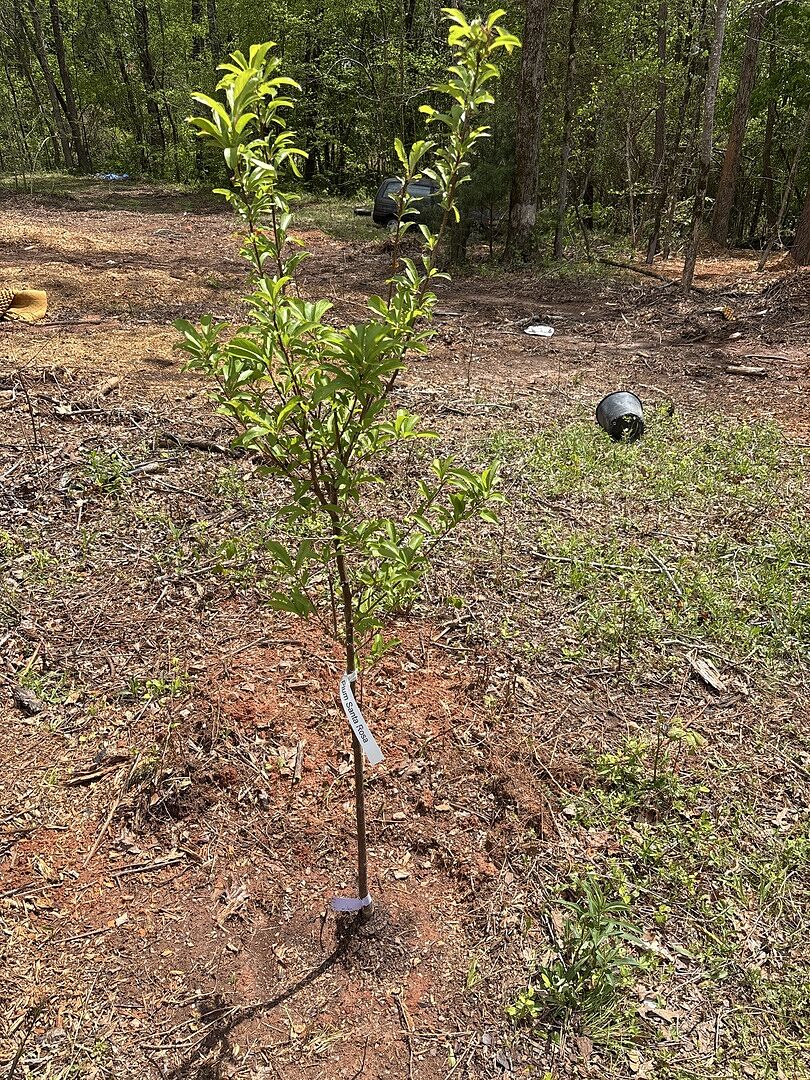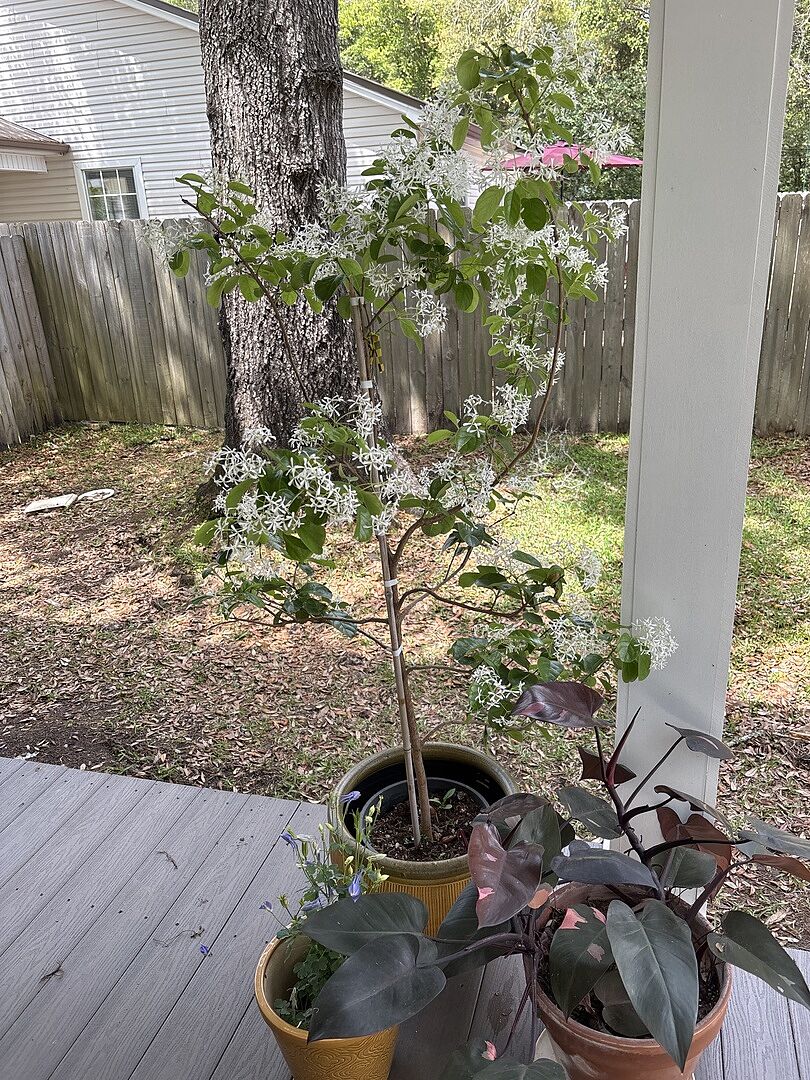Garden Solutions: Top Picks for Your Soil Type

Last updated: Jul 01 2022

Experience yearly spring showers, or preparing for summer drought on your side of the country?
Although knowing your soil type isn’t always necessary when it comes to planting, it can be helpful in determining the best selections for you. Whether you have overly moist soil, dry soil, acidic soil or sandy soil, we have trees and plants that are well-suited to your environment. So, problem areas aren't really a problem at all - especially since fertilizing, mulching and composting can also help nurture your garden.
With our quick guide, we’ll tell you what you need and how to maximize your landscaping potential.
Wet, Soggy Soil
Overly moist soil can be frustrating, especially when it's impeding lawn growth, causing muddy areas to form or even causing water issues around your foundation. Thankfully, we have a few picks that are perfect for soaking up those pesky puddles and drying out swampy areas in your yard.
1. Weeping Willow
One of the fastest growing (and arguably the most graceful) shade trees around, the Weeping Willow is a fresh, flourishing favorite. And despite its delicate appearance, it's a strong-growing tree that adapts anywhere, especially in water-logged places.
In fact, it's well-suited to planting near your trouble spots where water stands in puddles because it absorbs easily. Weeping Willows are often found near rivers, lakes and wetlands, but they can grow just about anywhere and are even tolerant to some drought. No matter where they're placed, they're highly adaptable to all kinds of soils and growing conditions, helping to prevent soil erosion, too.

2. Snowball Bush
The Snowball Bush's full, stunning looks belie its inner strength - this amazingly showy pick actually prefers acidic, moist soil. Also known as Viburnum Macrocephalum, the gorgeous Snowball blooms in late spring and continues through mid-May. And it retains its green color for several weeks before turning to cream and white.

3. River Birch
Adding character to yards in any climate, from Minnesota to Florida, the River Birch lives up to its name when it comes to dealing with wet soil. But that's not all it thrives through - it adapts well to both wet and dry places, meaning it'll withstand everything from mild floods to droughts!
Plus, because of its strong branches and limbs, the River Birch resists wind and ice damage, as well. So, no matter how harsh your landscape conditions, you'll enjoy the unique colors and full growth of the River Birch.
Dry, Sandy Soil
If you're working with very little moisture and maybe even a few sandy areas, have no fear! Although your soil may be a bit dusty, you don't have to live with a yard that's devoid of lush greens or vivid blossoms. We have an array of picks perfect for parched landscapes.
1. Flame Amur Maple
Whether you live in a cold climate, the dry West, or the hot and humid South, the Amur Flame Maple can thrive in your yard. Cold hardy and drought tolerant, the Amur really loves to grow and shine in even the most problematic soil types or conditions.
That means blazing color and fast growth in nearly any environment!
2. Eastern Redbud
One of our seasonal springtime favorites, the Eastern Redbud Tree, boasts some of the showiest pink blooms on the market. In fact, it's among the first trees to flower in early spring, and it does so despite soil type.
The colorful blossoms and dark green, glossy leaves appear in late winter or early spring through dry conditions and less-than-stellar soil.

3. Golden Raintree
One of the few trees to feature yellow flowers during the summer, the Golden Raintree is a showy favorite that's ideal for dry areas, despite its name.
Don't let the Golden's delicate appearance fool you. This versatile champion stands up to heat, harsh climates and city pollution. You'll often see Golden Raintrees in both urban environments and wide open landscapes for their versatility and adaptability.
Mulching and Composting
Ideal for combating weeds and bolstering new growth, mulching and composting are important to the gardening process. But don't be daunted - it's super easy to do both!
First, it's important to know how much mulch you need. In most spots, a 2 or 3-inch layer of mulch will usually suffice, but you can use up to 4-6 inches to completely discourage weeds.
To retain moisture and attain best results, use a mulch that includes wood chips. Simply ensure that mulch is pulled away from the plant to avoid trapping too much water.
As far as amending your soil goes, it's important to remember this: Most home gardeners don't have perfect soil. Composting can help fill in the gaps and enrich your landscape by making your soil fluffier and fortified.

If you're not sure what to use for compost, focus on securing carbon-rich materials. Plant materials that have a high amount of carbon are typically tough and dry, as well as brownish or taupe in color.
Examples of great compost? Anything from straw, dry leaves, shredded newspaper and sawdust to eggshells, excess grass clippings and fruit rinds.
Fertilizer Tips
Now that you've got your trees, it's time to look at long-term care. You can apply fertilizer to newly-transplanted plants, but we do recommend waiting for your plants to mature a little before they experience rapid growth. In general, it's good to wait to fertilize your trees and plants until one year of growth has occurred. Once your plants have strong, developed root systems, they can absorb nutrients from fertilizers more efficiently, meaning better results for you.
Typically, fertilizing in the spring will give your plants an extra boost for the growing season, so around April and March are generally prime times to feed your garden. However, if you prefer, fall is also a great time to fertilize your plants. But, do pay attention to the weather, and stop fertilizing about a month before the first frost of the season.
Once you've got your choice plants, mulching and composting tips, and schedule for fertilizer down, you'll be well on your way to a flourishing, vibrant garden - no matter your soil type!


Written by
Blair Brown
Blair is the Content Marketing Manager at FastGrowingTrees.com, and though she's not your traditional gardener, the planting world is definitely growing on her (pun intended!). She's enjoyed digging into plant care and maintenance and growing her plant collection, especially with exotic indoor varieties.
Featured Product

Bloodgood Japanese Maple Tree
453 reviewsStarting at $60.95






